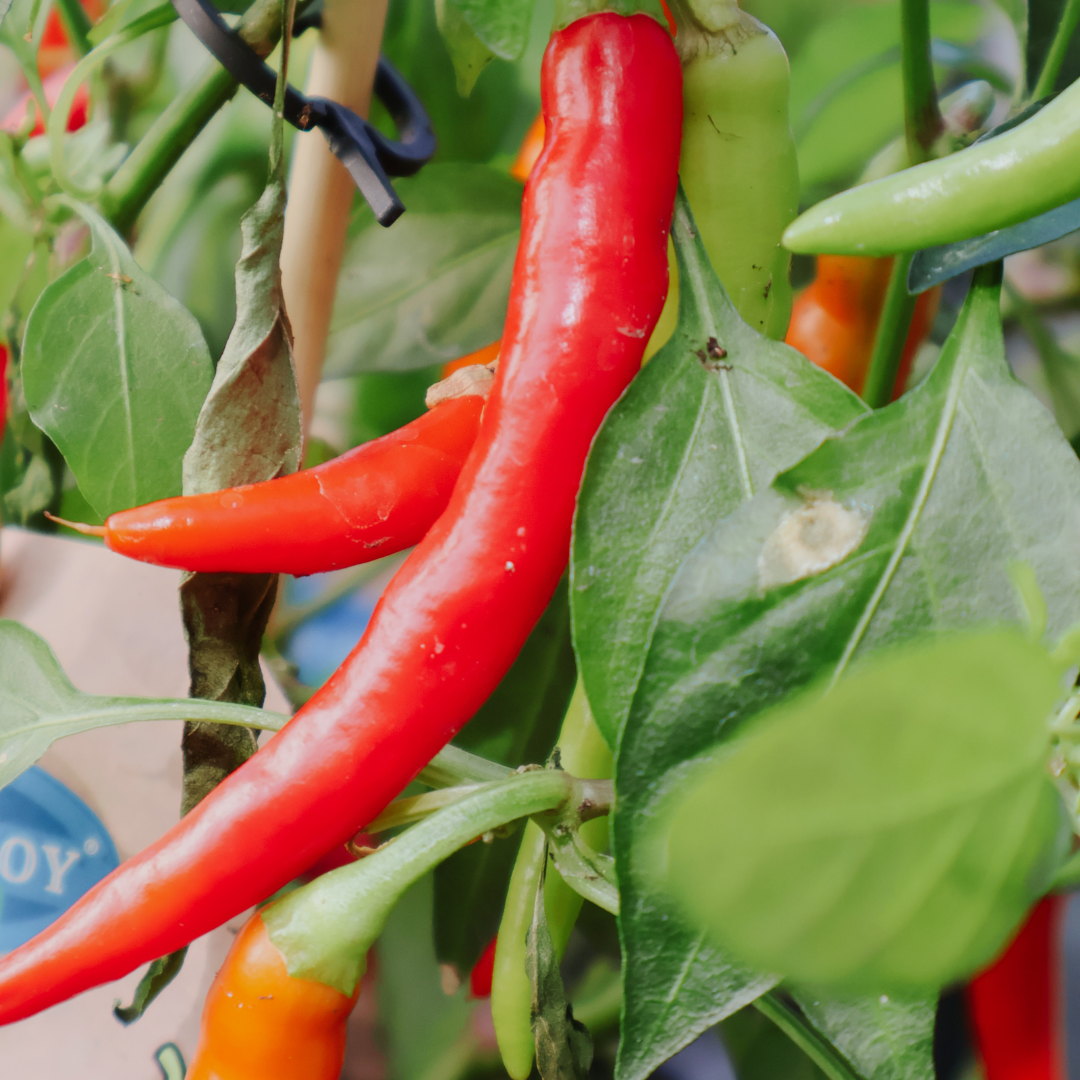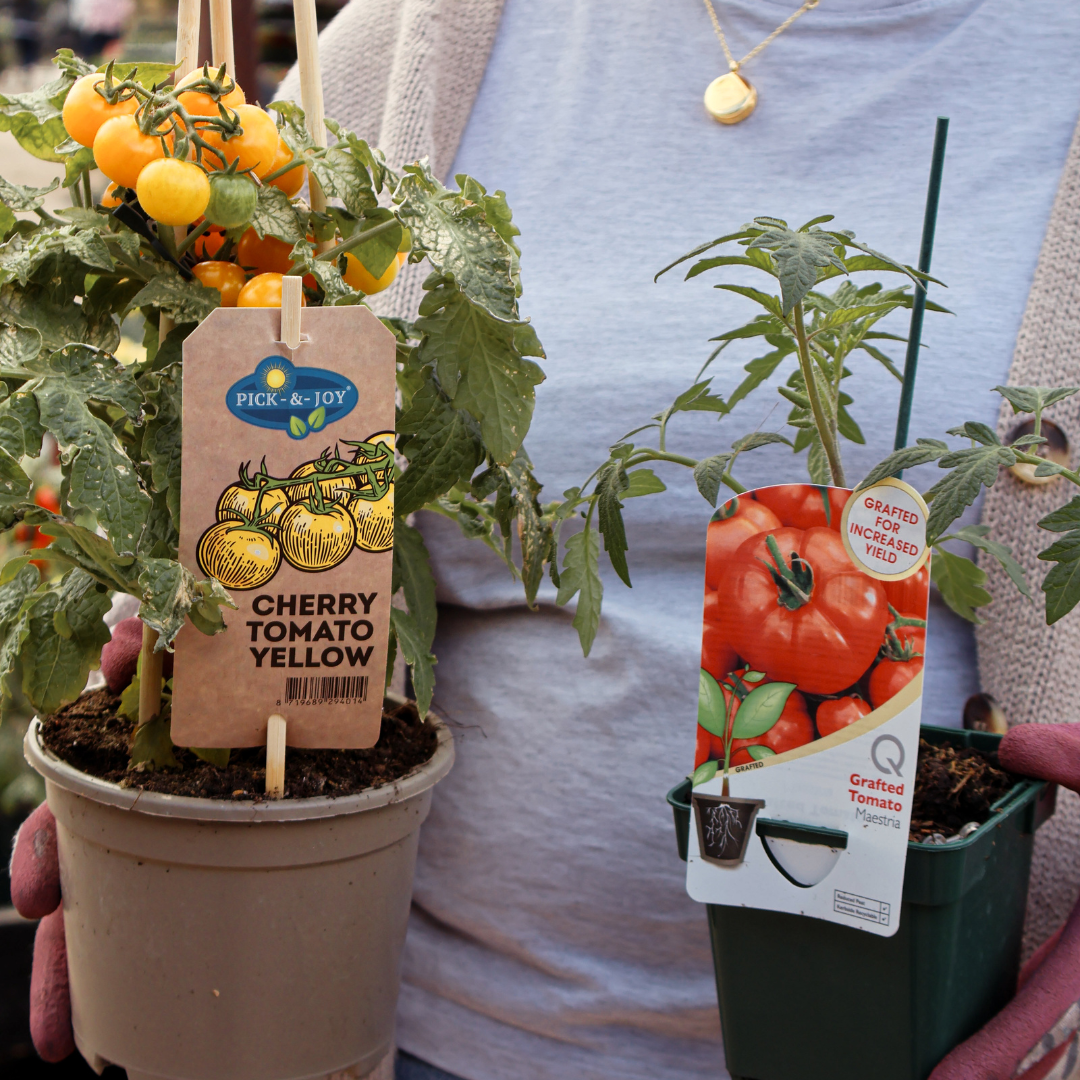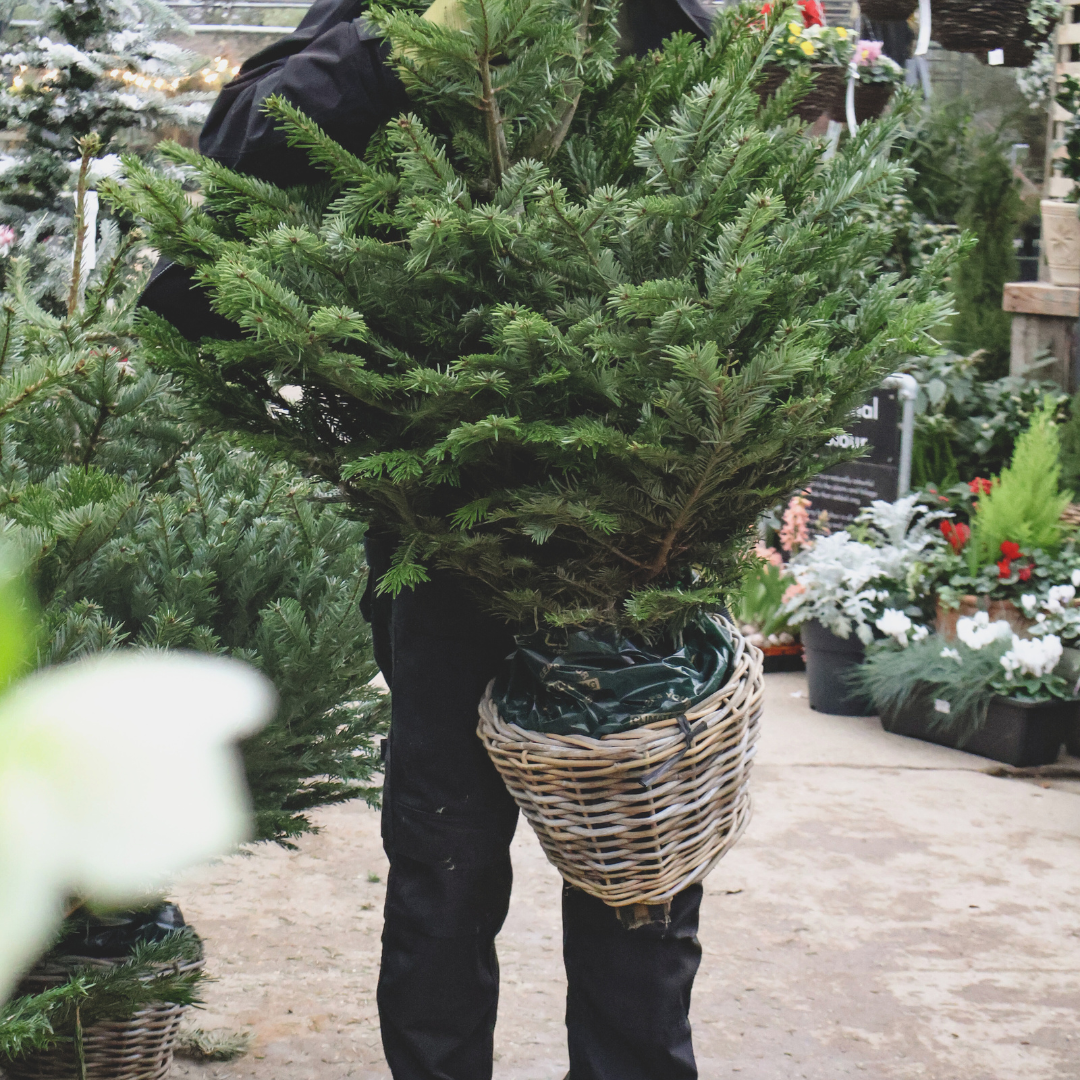Essential Tips for Growing Healthy Peppers

Whether you prefer sweet bell peppers or something with a little more heat, growing your own peppers at home is both satisfying and surprisingly simple—with the right approach. These vibrant plants thrive in warm, sheltered spots and can do brilliantly even in smaller gardens or on patios with a bit of care.
Here are some essential tips to help you grow strong, healthy pepper plants and enjoy a productive harvest.

Start Early Indoors
Peppers need a long, warm growing season. For best results, sow seeds indoors in late winter or early spring—about 8 to 10 weeks before the last expected frost. Use a heated propagator or place trays somewhere consistently warm (like a sunny windowsill).
Tip: Bottom heat helps with germination. Aim for around 21–26°C for best results.
Harden Off Before Planting Outside
Once the risk of frost has passed and nights are reliably mild, it’s safe to move young plants outdoors. But don’t rush! Gradually introduce them to outdoor conditions over a week to avoid shock.
Pro tip: If the weather is cool or unpredictable, peppers are just as happy (if not happier) grown in pots or greenhouses.
Pick a Warm, Sheltered Spot
Peppers love warmth and sun. Choose a location that gets at least 6 hours of sunlight per day and is protected from wind. South-facing spots, walls, or greenhouses work especially well.
No garden? A sunny patio or balcony can work perfectly with pots or grow bags.
Feed and Water Consistently
Peppers like moist, well-draining soil—but not soggy conditions. Water deeply and regularly, especially during hot spells or when fruiting begins. Uneven watering can cause problems like blossom end rot or splitting fruit.
Feeding tip: Once flowers appear, use a high-potash feed (like tomato feed) every week or two to encourage fruiting.
Provide Support
Some pepper varieties grow quite tall and heavy with fruit, so staking or using small cages can help keep them upright and tidy.
When to stake: Once plants reach about 30cm and start to flower, get them supported early to prevent damage.
Watch for Pests
Aphids and greenfly can be an issue, especially in greenhouse settings. Keep plants well-ventilated and inspect regularly. Companion plants like basil or marigolds can help deter pests naturally.
Simple remedy: A gentle spray of water or insecticidal soap can keep pests in check without harsh chemicals.
Harvest Regularly
Pick peppers regularly to encourage more to grow. You can harvest them green or leave them to ripen to red, yellow, or orange for a sweeter, richer flavour.
Tip: Always use scissors or pruners to avoid damaging the plant when harvesting.
Peppers are a rewarding crop for home growers—they’re versatile, colourful, and perfect for adding a bit of heat or sweetness to your meals. With the right care, even gardeners with limited space can enjoy a great pepper harvest.
Whether in a greenhouse, on a sunny patio, or tucked into a raised bed, peppers deserve a spot in your garden this season.






